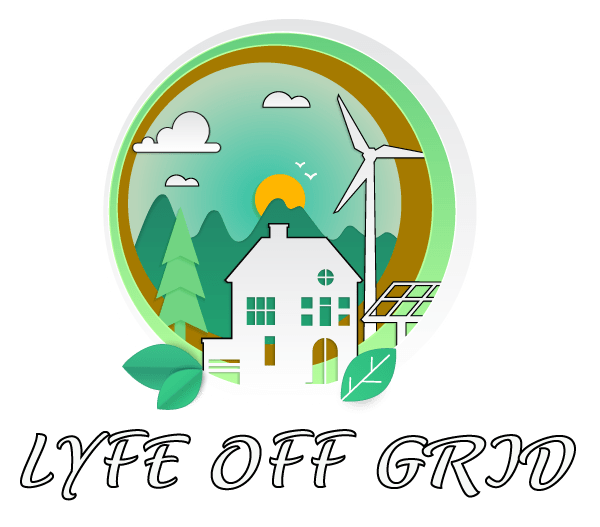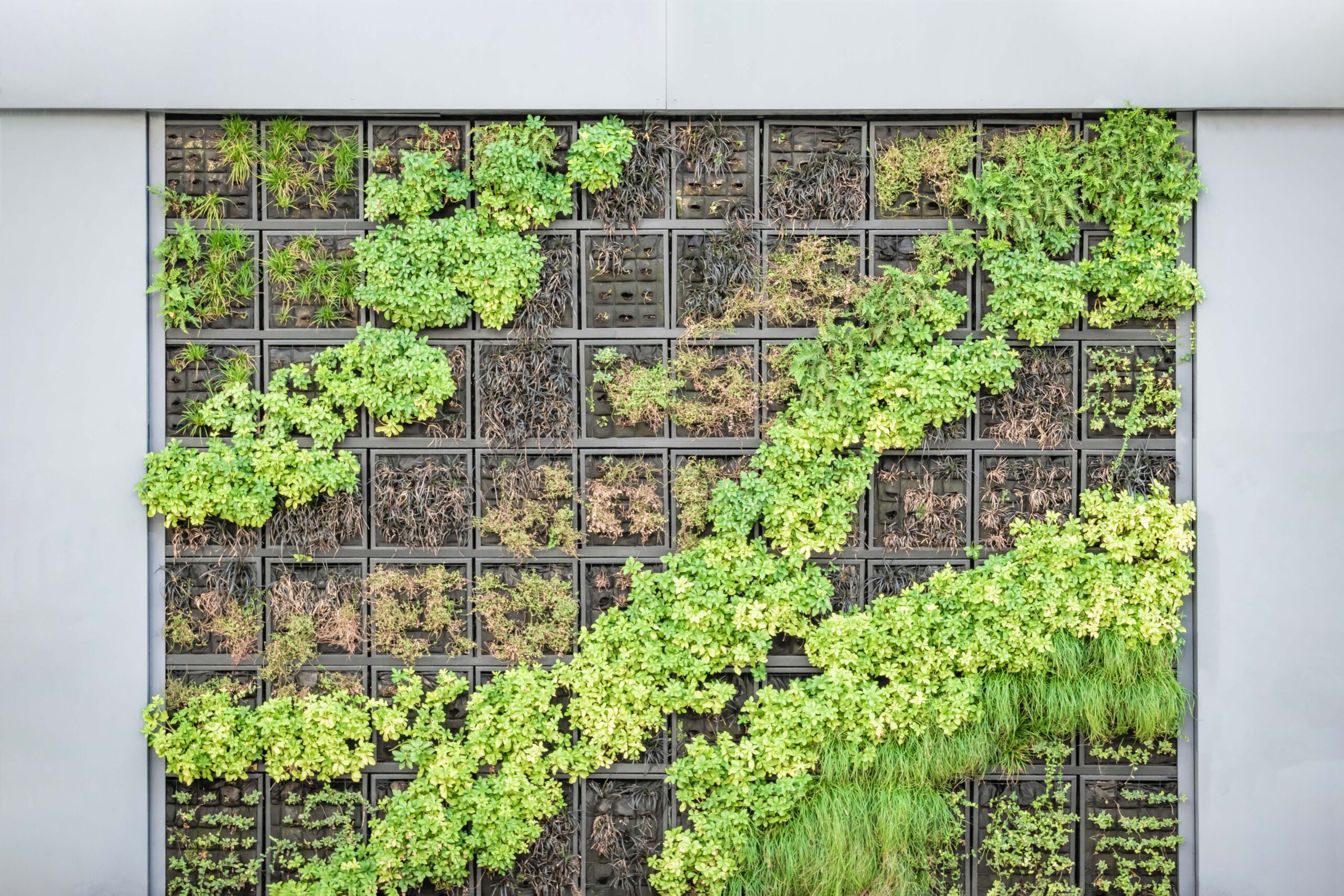Since the world is becoming crowded, people are utilizing vertical garden planning to grow their favorite plants and expand their growing spaces. By utilizing this tactic, you can grow an endless supply of food by utilizing the best gardening methods.
If you are struggling to grow more stuff in your backyard, opt for vertical gardening as your solution to a lack of space at home. Let’s explore more details of vertical garden planning and expanding growing spaces.
Create an Abundant Vertical Garden
If you don’t have enough garden space in your home, you can create supporting structures that allow you to grow all kinds of plants, especially those with vines. Choosing the right fruits and vegetables for your backyard involves doing some research.
For example, you can grow certain plant varieties during spring and summer while planting other kinds in autumn and winter. If you create a multi-seasonal garden in your home, you will stay occupied throughout the year and may produce enough food to cut your grocery costs.
Vertical garden planning makes it possible to minimize your carbon footprint and utilize the space you have by creating support structures that your plants can grow on. This approach is underrated since it will maximize your space and help you create an abundant garden in your home. Strawberries and other winter fruits can be fun to grow. Melons grow on vines, meaning you can easily dedicate an entire wall to their growth.
How to Protect Your Vertical Planters?
It can become difficult to care for your vertical planters since your plants will become unreachable. You can use a ladder to assist in pruning your plant varieties and helping them grow optimally on the structure. You will also need to watch for garden pests like slugs, aphids, and spider mites.
Snails and slugs can eat plant leaves and need specific repellants you can buy off the internet. You can treat garden pest infestations using neem oil, an organic solution that will protect your vertical planters. Since you’re growing your plants vertically, you will find that slugs and snails cannot make their way to the top of your plants, which is another benefit of opting for vertical garden planning.
How to Create Vertical Garden Structures?
You can buy ready-made vertical garden structures or go down a more creative route by utilizing the stuff you have at home. For example, you can use long branches to make vertical garden structures and help your plants grow on them.
You can also find wires to use, assisting your garden plants’ vertical growth. Without adopting a gentle guiding approach, your plants will grow haphazardly, which is something to avoid.
Vertical garden planning is becoming increasingly popular today since people are adopting this gardening method to maximize their space. Also, you can easily grow food in your home to become financially self-sufficient using this approach, making it worth pursuing.






